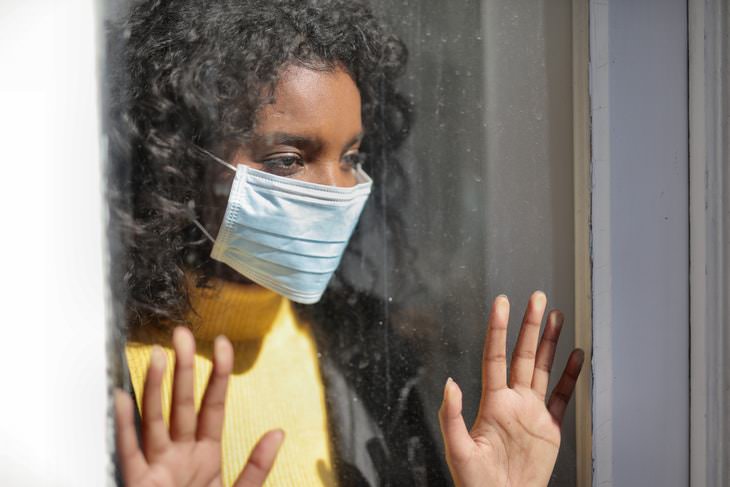



Statistical data show that between 12,000 and 52,000 people die of the flu each year, and scientists have recorded over 800,000 deaths related to COVID-19 in the US alone since the onset of the pandemic. So the question on everyone’s mind is, does ‘flurona’ increase the risk of serious and potentially fatal complications? “It is probably worse to have them together, but we really don’t know at this point,” stated Dr. Otto Yang, an infectious disease expert at UCLA Health to Reader’s Digest.
Catching either of the two viruses puts extra strain on the immune system. “It is true that when you’re infected, your immune system is under attack. Therefore your immune defenses are weakened. And therefore your ability to defend against another infection is reduced,” said David Edwards, a Harvard University scientist to Huffpost.
Therefore, being sick makes you more susceptible to other respiratory infections, potentially leading to flurona. Immunocompromised folks, older adults, and healthcare workers have the highest risk of getting both viruses.

Distinguishing between the two conditions can be quite difficult, especially in milder cases, because the symptoms are just so similar. The hallmark symptoms of both the flu and mild COVID-19 are fever, muscle aches, cough, chills, runny nose, and headaches. In Covid, patients may also experience a loss of taste or smell and shortness of breath. Flu patients are also more likely to experience gastrointestinal symptoms, such as diarrhea or vomiting.
For a comparative guide of flu and Covid symptoms, read our previous post - Covid-19 or the Flu: How to Tell the Difference.
One key difference between the two conditions is the onset time. If you’ve got the flu, you’ll likely experience symptoms 1-4 days after contracting the virus, whereas, in the case of coronavirus, symptoms can appear anytime between 2 and 14 days.
The only reliable way to diagnose flurona is by going to the doctor and getting tested for both the flu and the coronavirus. Your doctor can use the same swab to complete both tests, but double-check to make sure.

As we already explained above, being sick with a cold or the flu weakens your immune system and increases your risk of catching other respiratory infections, including COVID-19. So, if you have a runny nose or a sore throat, stay at home until you recover completely and make sure to adhere to wash your hands and minimize contact with others as much as you can, even if you’re vaccinated both against the flu and Covid.
Of course, in an ideal situation, you can prevent developing both conditions altogether. The good news is, all the hand-washing, social distancing, and mask-wearing measures that are effective at lowering your risk of COVID-19 are also going to protect you from the flu. If you need a reminder of the proper hand-washing technique for disease prevention, move on to our step-by-step guide here: How to Wash Your Hands Correctly.
It may also be a good time for you to upgrade to a KN95 face mask if you spend time in public spaces. These masks are more effective at filtering out microscopic water droplets that are potentially filled with viruses.
Have a safe and healthy winter!
Share this information with those who will find it useful
H/T: Reader's Digest, Huffpost